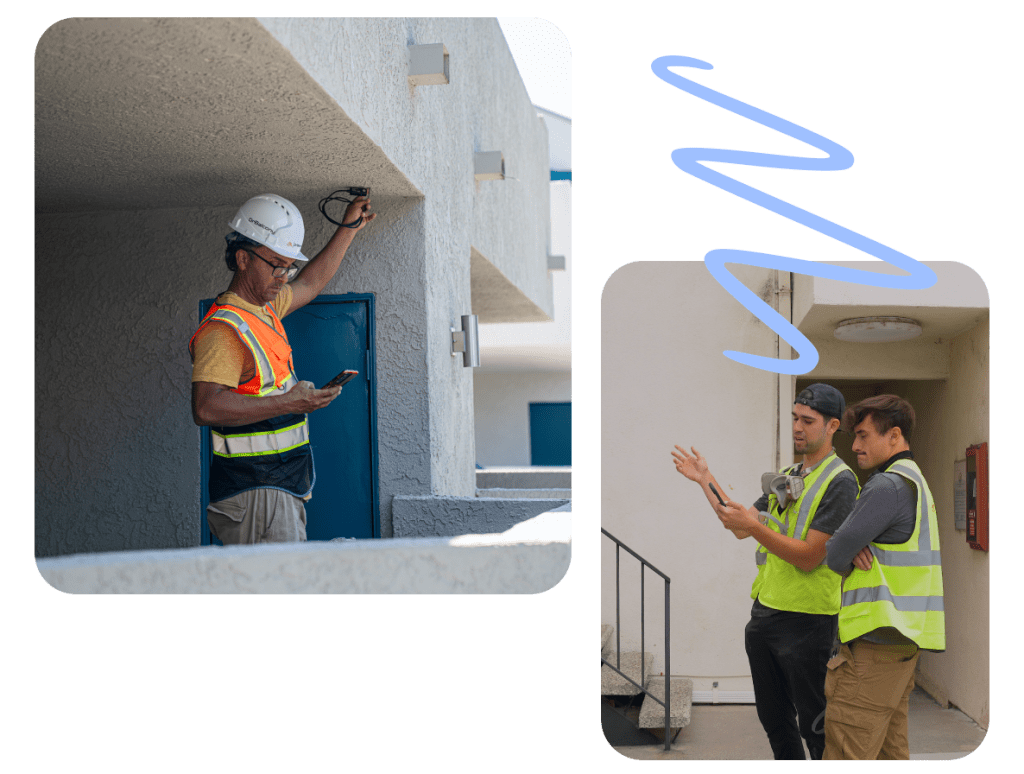Protect your property and residents with expert inspections and peace of mind, 2500+ inspections performed. Get your free compliance assessment today.
What HOA's Need To Know About SB 326?

For HOA board members in California, understanding the requirements of Senate Bill 326 (SB 326) is essential. DrBalcony assists HOAs, property managers, and real estate agencies in staying compliant by conducting thorough SB 326 inspections and providing detailed reports. SB326, passed on August 30, 2019, was enacted to prevent tragedies like the 2015 Berkeley balcony collapse, which resulted in six deaths and seven injuries. The law amends Civil Code Section 5551 to ensure the structural stability of decks, balconies, and walkways in condominium complexes and HOAs with at least three attached units. DrBalcony offers a guide to help HOA board members navigate SB 326, avoiding costly fees, enforcement costs, and potential liens.
- Initial Inspection Deadline: January 1, 2025
- Subsequent Inspections: Every six years after the initial inspection
- Required Reports: An official inspection report must be submitted to the HOA board and local authorities.

Found a better price on balcony inspections?
Get a quote from us, and if it’s not lower than a competitor’s,
we’ll beat their price by 20%. Guaranteed!
With over 1,350 inspections completed, we provide tailored solutions for homeowners, HOAs, and property managers. Partner with us to maintain top safety standards for your balconies.
SB 326 Inspection Procedure


SB-326 inspections primarily rely on visual inspection, examining exposed load-bearing elements, guardrails, and component integration. When wood frames are covered by siding or stucco, endoscopic testing is preferred over invasive destructive methods. This involves drilling small holes and using a borescope to inspect concealed wood. The holes are then sealed with watertight plugs. Moisture sensors detect potential dry rot for preventive maintenance. While infrared imagery can inspect exposed surfaces, it cannot assess concealed wood due to its wavelength limitations.

Process of Balcony Inspection SB326

A certified engineer will conduct a site visit to survey the loading bar and inspect Exterior Elevated Elements, including installing plastic plugs and removing or drilling exterior covers as needed. A report detailing findings, component conditions, repair or replacement recommendations, and photos will be provided within 60 days of contract approval. If any immediate risks are found in the building’s waterproofing or load-bearing elements, they will be reported to the city’s code enforcement agency within 15 days of the report submission.
Free Resources for SB326 Inspections
Download our comprehensive SB326 Inspection Checklist to ensure all essential elements are inspected. This checklist will guide your inspector through the necessary steps to evaluate the safety and integrity of your building’s exterior elevated elements.
Our SB326 Inspection Report Template helps you document findings in a clear, structured format, making it easier to comply with the legal requirements and present findings to HOA boards or authorities.
